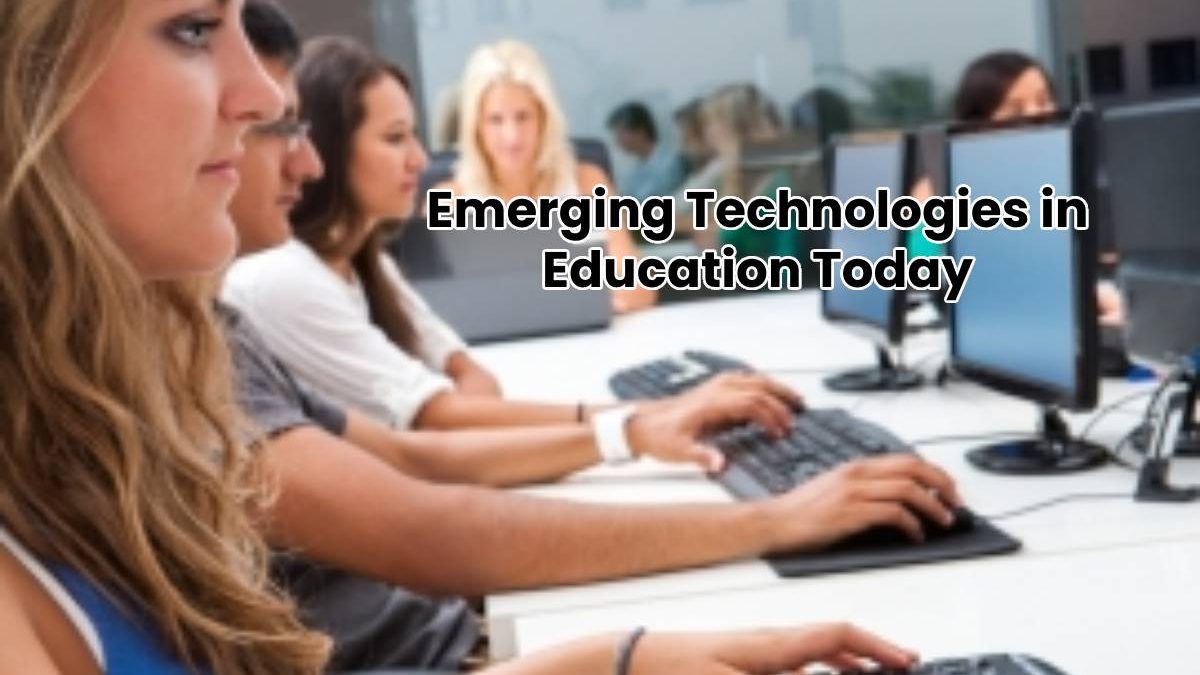There’s no question that technology is changing the way students learn. With new tools and resources available, they’re not just consuming information but becoming engaged in building knowledge and skills.
As a result, teachers must evolve how they teach to keep up with these changes. Here are some ways technology is changing students’ learning and what teachers can do to adapt.
Table of Contents
Student-focused learning
Teachers have long known that student engagement is key to learning. If students are actively participating in the material, they’re more likely to retain information and be able to apply it later on.
Thanks to technology, there are more opportunities than ever for students to be engaged in their learning. Powerful tools like discussion boards, blogs, and social media platforms provide students with a space to share their ideas and connect with their peers. And with mobile devices, they can access this content anywhere, anytime.
Teachers must incorporate more activities into their lessons to take advantage of these opportunities. For example, instead of having students read a textbook chapter and answer questions at the end, try having them read the chapter and then post their thoughts on a class blog or discussion board. Or have them use a social media platform to share an article or video related to the topic you’re discussing in class.
By doing this, you’ll increase student engagement and give them a chance to practice critical 21st-century skills like collaboration and communication.
Personalized learning experiences
Another way technology is changing the way students learn is by providing more personalized learning experiences. With modern resources, teachers can tailor instruction to meet the individual needs of their students.
Suppose you have a student who struggles with reading comprehension. In that case, you can assign articles at the necessary reading level or use text-to-speech software to have the computer read the articles aloud. Or, if you have a visual learner, you can supplement your lectures with videos or infographics related to the topic.
Personalizing learning can help all students succeed-regardless of their ability level or learning style. In doing so, you’ll also create a more inclusive classroom where every student feels valued.
Frequent feedback
In the past, teachers would give students assignments and then wait until the next day or week to see how they did. But with technology tools, there’s no need to wait-you can give students feedback in real time.
Automatic grading software can provide educators immediate feedback on their students’ work. On the other hand, tools like Google Classroom or Class Dojo give students regular updates on their progress. These frequent check-ins help ensure that students are on track and identify areas where they may need extra support.
Teachers can also use technology to give students more opportunities to practice. Several applications allow students to submit practice problems or essays and receive feedback within minutes. As a result, students can get immediate feedback and let them improve their skills and better prepare for exams.
A world of resources
There’s an entire world of online resources at your fingertips. Thanks to the internet, anyone can find information on any topic with a few clicks of a button.
Resources like Khan Academy, Quizlet, and TED Talks provide students with engaging content that’s relevant to their lives. These resources can supplement your lessons and help students explore topics in more depth.
However, it’s important to curate the resources you use in your classroom. Not all websites are created equal; some may contain inaccurate or outdated information. To help navigate this vast sea of information, educators must teach students how to find and evaluate reliable sources. This way, you’ll equip them with valuable life skills.

Distance learning
Virtual classrooms are becoming more popular as technology advances. So, it’s no surprise that distance learning is on the rise.
With distance learning, students can attend classes from anywhere in the world. All that’s necessary is a computer and an internet connection. This type of learning is ideal for students who miss school due to illness, travel, or other commitments.
Especially in countries with many remote areas, this learning strategy can provide students with access to quality education. One example is online distance learning in the Philippines. With this program, students in rural areas can attend classes taught by teachers in urban areas.
So, it’s a learning strategy that can profoundly impact students’ lives.
When you integrate technology into your classroom, you’re not just providing your students with access to more information-you’re opening up a world of possibilities. The above are just a few examples of how technology changes students’ learning. And by utilizing these changes, you can create a more effective and engaging learning environment for your students.

